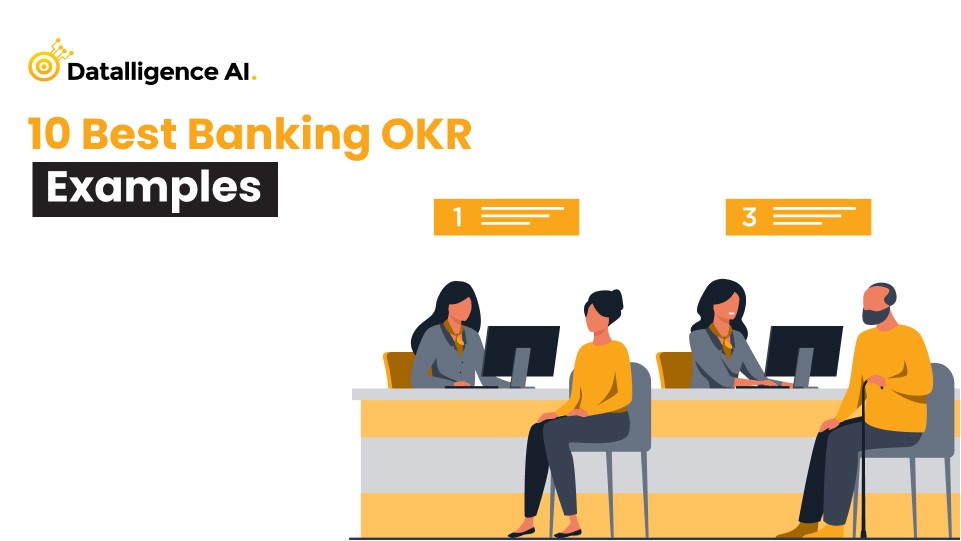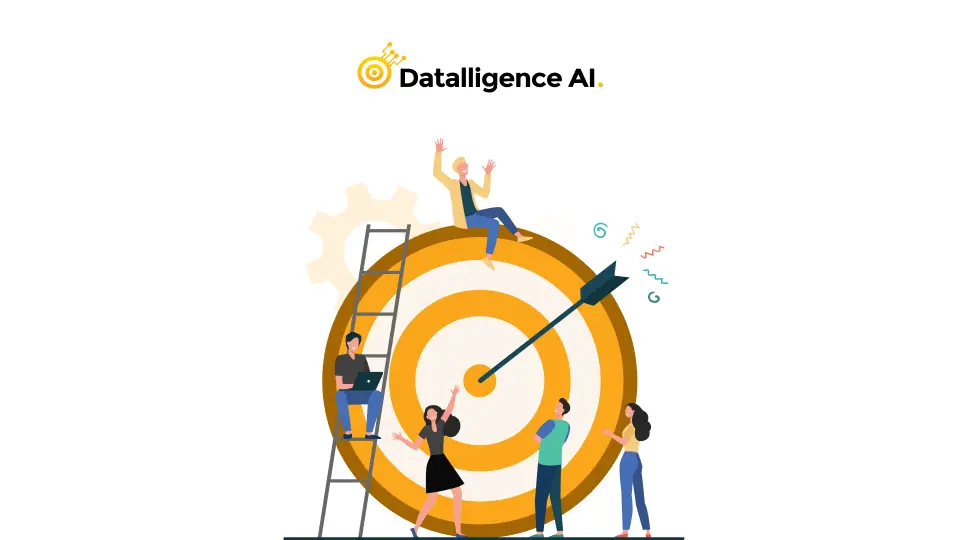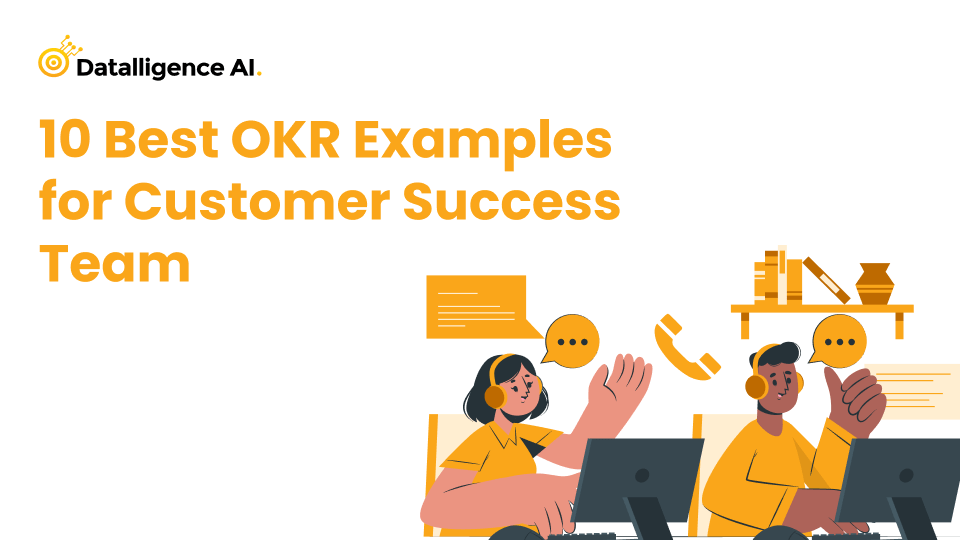Employee performance reviews have evolved beyond mere formalities—they’re now essential tools for spotting talent, guiding personal growth, and ensuring that individual efforts align with the overall goals of the business. Companies that approach these reviews as meaningful conversations instead of just a box to check off see a boost in employee engagement, improved retention rates, and a more robust pipeline of future leaders.
In this article, we’ll take a closer look at how to go beyond the metrics and leverage performance reviews to uncover hidden strengths. We’ll also discuss how to craft impactful comments for employee evaluations, create effective performance improvement plans, share practical examples of performance reviews, and identify high-potential (HiPo) candidates.
Rethinking Employee Performance Reviews
Traditionally, performance reviews have been all about ranking employees based on what they’ve done in the past. While it’s definitely important to measure performance, organizations can really benefit by using these reviews to look ahead—helping employees grow, set fresh goals, and align their ambitions with the company’s strategy.
To make this shift, organizations should:
- Swap out generic scoring for personalized feedback
- Encourage self-reflection and open dialogue
- Align evaluations with both specific role goals and broader company objectives
View reviews as opportunities for development, not just as a way to judge
When you approach your review process with a focus on growth, you empower your employees and foster a culture of continuous improvement.
Why Employee Performance Reviews Matter More Than Ever
In today’s fast-paced and competitive work environment, employee performance reviews have evolved into more than just formal evaluations—they’re essential tools that foster talent development, engagement, and long-term success for both employees and organizations. When approached thoughtfully and consistently, performance reviews lay the groundwork for open communication, clarity, and growth. Here’s why they’re more important now than ever:
- Identify Future Potential
Effective performance reviews do more than just assess past performance. They reveal what employees are capable of achieving down the line. By examining behavior patterns, adaptability, and initiative, managers can identify high-potential (HiPo) talent early on and invest in their growth. This proactive approach allows organizations to cultivate leadership pipelines and prepare for future succession.
- Set Clear Direction and Alignment
Reviews present a chance to align individual goals with team objectives and the broader organizational strategy. When employees grasp what’s expected of them—and how their contributions affect the business—they become more focused, driven, and accountable. Performance reviews help establish that direction by defining priorities, clarifying key performance indicators (KPIs), and outlining the next steps.
- Boost Employee Engagement and Motivation
Employees want to feel heard, supported, and appreciated. Regular performance reviews create a space for two-way feedback, recognition, and career discussions. When managers use these reviews to celebrate achievements, explore aspirations, and chart growth paths, employees feel more engaged and motivated to put forth their best effort.
- Increase Retention by Valuing Contributions
One of the main reasons employees leave is due to a lack of recognition or unclear growth opportunities. Performance reviews tackle this issue head-on by demonstrating to employees that their progress is being tracked, their efforts are valued, and their development is a priority. When feedback is meaningful, it fosters a sense of belonging and commitment.
 Identifying High-Potential Candidates Through Reviews
Identifying High-Potential Candidates Through Reviews
One of the biggest benefits of employee performance reviews is the chance to identify high-potential (HiPo) candidates—those individuals who demonstrate the skills, motivation, and adaptability needed to thrive in future leadership or key roles.
What Makes an Employee a HiPo?
HiPo candidates typically exhibit a mix of:
- Consistently outstanding performance
- Strong emotional intelligence
- The ability to learn quickly and adapt
- Taking initiative beyond their job description
- Collaborating effectively across teams
- Ambition and self-drive
How to Spot HiPo Employees During Reviews
Ask Questions That Look to the Future
- What challenges are you most excited about in the next 2–3 years?
- What types of leadership roles are you interested in pursuing?
Look Beyond Just Current Role Metrics
Assess behaviors like ownership, influence on the team, mentoring, and idea generation—not just the usual KPIs.
Utilize a 9-Box Grid or Talent Matrix
Combine performance and potential ratings to see where employees stand and develop succession plans accordingly.
- Gather Feedback from Peers and Managers
- Get a well-rounded view to confirm the individual’s impact and influence.
- Monitor Growth Over Time
High-potential employees often show rapid learning and take feedback to heart.
By weaving HiPo identification into your performance review process, you create a strong talent pool for future leadership and critical roles.
Designing an Effective Employee Performance Improvement Plan (PIP)
When an employee is having a tough time meeting expectations, a performance improvement plan (PIP) can provide a clear and supportive way forward. Rather than resorting to punitive measures, a thoughtfully designed PIP should help the employee build the skills and behaviors they need to succeed.
Components of a Successful PIP
- Performance Gaps: Clearly pinpoint what’s not working.
- Example: Missed quarterly sales targets by 30% for the last two quarters.
- Goals and Timelines: Establish realistic, time-sensitive goals.
- Example: Achieve $50,000 in new sales within the next 60 days.
- Action Plan: Outline how the employee will reach these goals.
- Example: Attend two sales enablement workshops and boost outbound calls by 25%.
- Support Mechanisms: Provide training, mentoring, and resources.
- Example: Weekly check-ins with the sales manager and access to a CRM refresher course.
- Evaluation Metrics: Define measurable criteria to monitor progress.
- Example: Track the conversion rate from calls to closed deals.
- Follow-up: Regularly assess progress and tweak the plan as necessary.
- Example: Bi-weekly performance reviews throughout the 60-day period.
- Outcomes: Be clear about the next steps based on progress.
- Example: If targets aren’t met, we may need to reevaluate the role.
When handled with empathy, a PIP can reignite motivation and help turn performance around.
Best Practices for Conducting Performance Reviews
To make the most of performance reviews, keep these best practices in mind:
✅ Prepare Thoroughly
Take the time to review goals, past feedback, key performance indicators, and recent projects.
✅ Start With Self-Assessment
Encourage employees to think about their own successes and challenges.
✅ Make It a Dialogue
Transform the review into a conversation rather than a one-sided lecture. Ask open-ended questions.
✅ Focus on Development
Even top performers can grow. Talk about stretch goals and skill enhancement.
✅ Follow Up
Plan regular check-ins to assess progress, update goals, and ensure everyone is on the same page.
✅ Document Everything
Use a consistent format to capture evaluations, action items, and next steps.
Final Thoughts
Employee performance reviews are no longer about ticking boxes. They’re about discovering potential, guiding development, and building a high-performance culture.
By focusing on thoughtful employee performance evaluation comments, providing realistic employee performance improvement plans, offering actionable employee performance review examples, and identifying high-potential candidates, organizations can create a review process that not only assesses performance,but accelerates growth.
When employees feel seen, supported, and challenged, they rise to their potential. And when organizations use reviews to fuel that growth, everyone wins.










